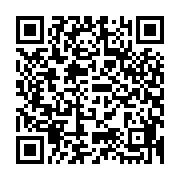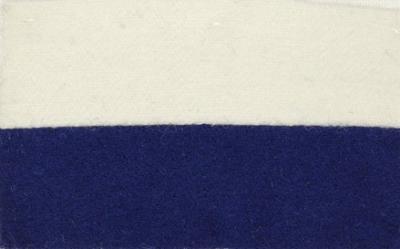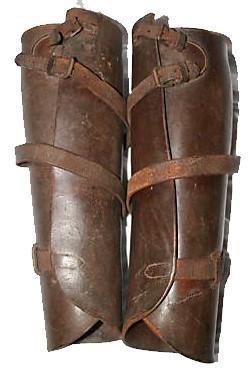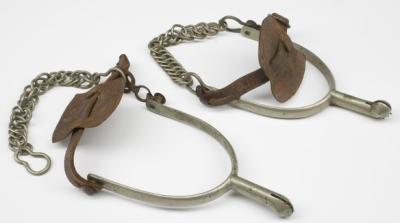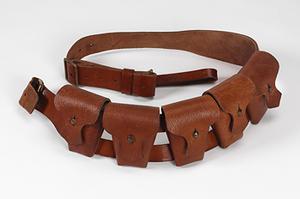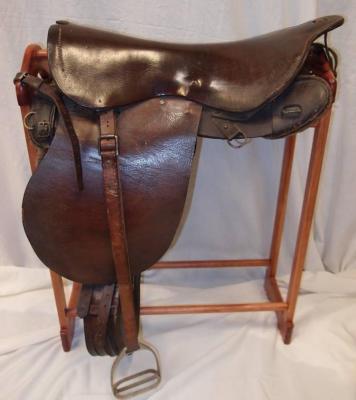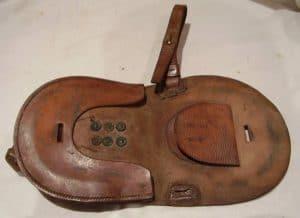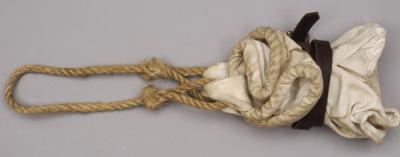Formation Sign - ANZAC Mounted Corps (World War 1)
Each Corps and Division of the Australian Imperial had a divisional sign. This was a distinct design and not the same as the shoulder flash placed on uniforms. It could be used to mark equipment or supplies intended for a specific unit. The ANZAC Mounted Division sign was a \n Australian boomerang intertwined with the New Zealand fern, all in white on a black background.
The Australian and New Zealand Mounted Division was a mounted infantry division of the British Empire during World War 1. The division was raised in March 1916 and on establishment, it consisted of four brigades comprising three Australian Light Horse and one New Zealand mounted rifles, supported by British horse artillery. In 1917, one of the Australian brigades was replaced by a British yeomanry brigade. After April 1917, the standard order of battle was reduced to two Australian brigades and one New Zealand brigade, although the Imperial Camel Corps Brigade and other British mounted brigades were temporarily attached several times during operations. The division served in the Desert Column from the end of 1916 until mid-1917, when the column was expanded and renamed the Desert Mounted Corps. The division fought and won almost all the major battles across the Sinai Peninsula during 1916, and the following year it fought from Gaza to Jerusalem in southern Palestine. In 1918, it took part in the Jordan Valley operations, the raid on Amman, the raid on Es Salt and the final advance to Amman and Ziza, part of the Battle of Megiddo.
Details
Details
During World War 1, Australian Corps and Division formation signs were based on a rising sun design although the number of points varied between 9 and 13 This design was based on a trophy of arms which also led to the creation of the rising sun cap badge, During World War 1, numbered corps utilised Roman numerals. In World War 2, Australian Corps used Arabic numerals.
The marking of military equipment is not a new phenomena. A broad arrow, is a stylised representation of a metal arrowhead, comprising a tang and two barbs meeting at a point. It is a symbol used traditionally in heraldry, and later by the British government to mark government property.
The broad arrow was used in England from the early 14th century, and more widely from the 16th century, to mark objects purchased from the monarch's money, or to indicate government property. It became particularly associated with the Board of Ordnance, and later the War Department and the Ministry of Defence. It was exported to other parts of the British Empire, where it was used in similar official contexts.
The use of markings on Australian military vehicles expanded and became more sophisticated following mass production and the mechanization of armies.
Australian Army Museum of Western Australia
Australian Army Museum of Western Australia
Other items from Australian Army Museum of Western Australia
- Formation Sign - Australian Mounted Division (World War 1)
- Formation Signs - Desert Mounted Corps (World War 1)
- Colour Patch - 11 Battalion Australian Imperial Force
- Colour Patch - 16 Battalion Australian Imperial Force
- Colour Patch - 44 Battalion Australian Imperial Force
- Stohwasser Leather Leggings
- Australian Army Issue Spurs
- 1903 Pattern Bandoliers
- World War 1, 1912 Universal Pattern Saddle
- World War 1, 1912 Universal Pattern Saddle - Equipage - Horse Shoe Carrier
- World War 1, 1912 Universal Pattern Saddle - Equipage - Canvas Water Bucket
- World War 1, 1912 Universal Pattern Saddle - Equipage - Saddle Wallets

Scan this QR code to open this page on your phone ->
